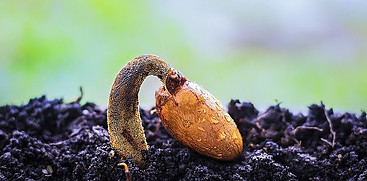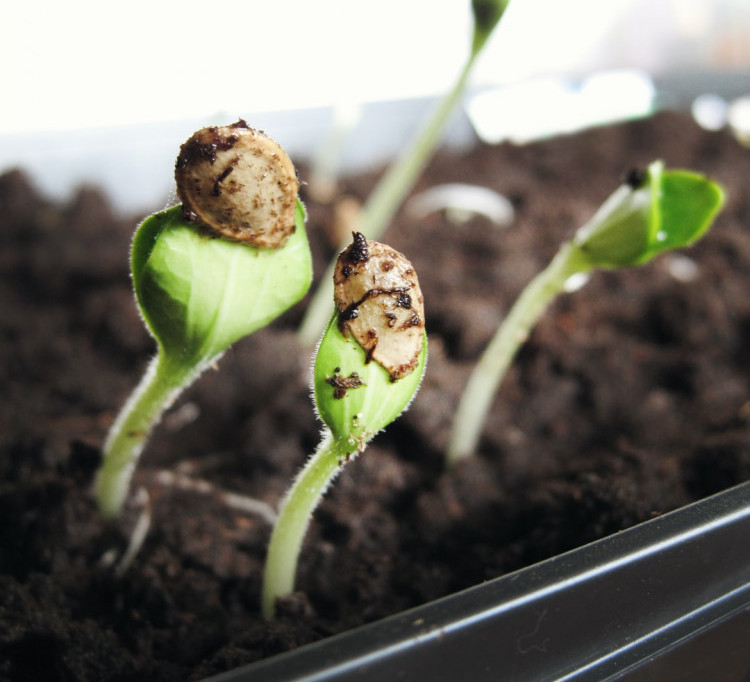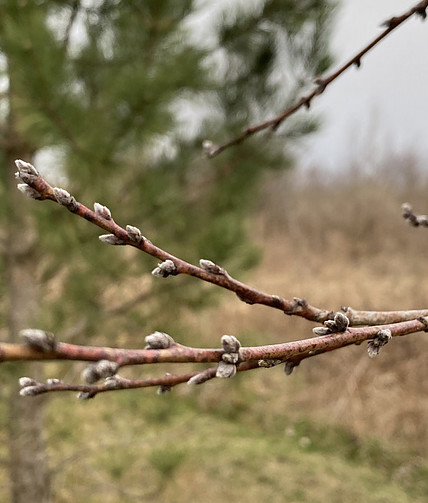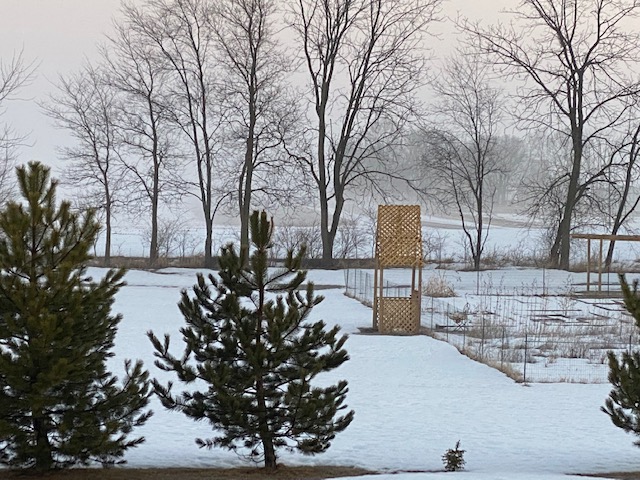
January 2021 in my backyard vegetable garden. A lot of snow! Not much to do outside in January but a lot to do inside. Collect all the seed and plant catalogs you can find and look for ideas and varieties you want to plant.
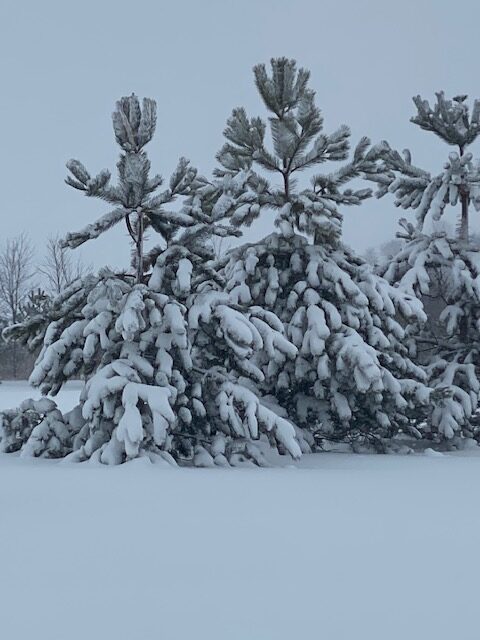
January is garden dream time. I order tons of seed and plant catalogs and take my time going through each one. This is the time to make a list of what you want to grow and where you plan on buying it from. I always order seeds and plants from a variety of places. I generally prefer organic but it can be expensive so it depends on the plant. I love pretty much all the heirloom seeds but I don’t turn away from a hybrid if I need the qualities it offers. Hybrid seeds can be a good choice sometimes but you can’t save the seeds for next year. Heirloom aren’t always the most disease resistant but they are usually better tasting, more reliable, and you can collect and save the seed knowing that next year you will have the same plant.
Heirloom, Hybrid, and Non-GMO/GMO Seeds
You might be asking what’s the difference between Heirloom, Hybrid, and Non-GMO/GMO seeds.
Heirloom Seeds
Heirloom seeds are seeds from a plant that has been around for a very long time. Some people say that a seed has to be over 100 years old to be considered an heirloom seed. Others say before around the 1950’s is good enough. Either way, heirloom seeds have generally been planted for well over 50 years and have desirable traits that people want to continue to grow year after year. They might have great taste, ease of growing, large productivity, unusual color or some other trait. You can save the seed from this plant and grow the exact same plant again next year. This is a great money saver for one sure but also it’s passing on a piece of history, bringing the past along with us into the present. Plants grown from heirloom seeds have already stood the test of time. People like them and continue to grow them, save the seed, and pass on the seed to others.
Hybrid Seeds
Hybrid seeds can be misunderstood. People tend to think that a hybrid seed has been altered at the genetic level but it hasn’t. A hybrid plant is purposely bred from two parent plants with the plan to take the best traits from two varieties and blend them into one new variety. Usually the breeding is to increase size, color, scent, taste, disease resistance, or cold hardiness.
The pollination has to occur meticulously and the polinated plant has to reach maturity and form developed seeds. The seeds have to be collected and then grown to see what you have. It’s a trial and error endeavor and takes a lot of time and effort to come up with a new generation plant that beats both parent plants. Hybrid seeds can be saved and replanted but the traits of the new plant will revert back to either of the original parent plants. In other words, you won’t get the same plant like you will with heirloom seeds. Hybrid seeds need to be purchased new each new growing season. I like some hybrids so I do grow both hybrid and heirloom.
Genetically Modified Seeds
Genetically modified seeds are a whole new kettle of fish like they say. Genetically modified seeds have had their DNA spliced open and new genetic coding inserted. The DNA sequence in the gene has been altered in a way unnatural to the original code of the plant. This change is forced in a way that would never naturally occur in nature. Genetically modified seeds are altered for business purposes not health purposes and our food supply is being flooded with GMO foods to the detriment of our health. I won’t get into all the negative effects of GMOs here but just don’t plant them. Look for good quality seed products that say No GMOs on the label. You will be glad you did!
Garden Journal
You want to start a garden journal or notebook if you don’t have one already. This can be any notebook with about 5 tabs or sections. I use the sections for: Plants and seeds I ordered or bought this year; diagrams of what is planted and where in the yard or garden; notes for what diseases or bugs I had a problem with and the date the problem showed up; ideas for improvements or additions I want to make; and my edible landscaping section.
You can keep a record of whatever you want. I always think that I will remember something next year but I don’t. With the notebook, I can easily look everything up. I am contantly looking up something in my notebook so I suggest you buy that this month and be ready when your seeds or plants start arriving. If this is your first year gardening, get any notebook that is thick enough to last you for about 5 years or more. I like a hard cover version because the cover always falls off the other one.
Some people might want to just buy all their seeds and plants at a local store. That’s fine too if you can find the variety you want. I buy some plants at the store but most of my seeds and plants are ordered through a catalog. I can rarely find the varieties I am looking for in the stores by me so I buy them online. Do whatever works for you but even if you are buying them from the store, order some catalogs and check out some different varieties for fun. Check out this post for some of my favorite companies to buy plants, seeds and everything else.
Organic Backyard Vegetable Garden
I do not use chemicals in my backyard vegetable garden or fruit orchard. I grow orgainically. So when I am looking at plants, I look for a high degree of disease resistance. This helps minimize disease and bug problems right off the bat which makes my job of growing healthy plants easier.
Rotate Crops
I also rotate the crops that tend to carry and spread disease from year to year or deplete the soil of a particular vitamin or mineral. Crop rotation helps ensure the least amount of disease and highest level of vitamins. If this is your first year in this garden you don’t have to worry about it. But if you planted a garden in this spot last year you want to try to rotate the following plants: cabbage family (cabbage, broccoli, cauliflower, brussel sproats), nightshade family (tomatoes, peppers, eggplant), vine family (cucumbers, squash, melons).
Raised Beds
I have rows of raised beds in my garden. I just rotate the plants I am putting in each spring on a clockwise rotation. The garden notebook from last year will remind you where you planted and now just move it over a bed. You will develop a system that works for you and then follow it each year. I do not use chemicals on my property so I like to choose disease resistant plants, follow a crop rotation schedule, and good clean up and maintenance. This will minimize the disease and bug problem in the garden. I will share more as we get into the growing season.
For now, here’s whats going on around the property:
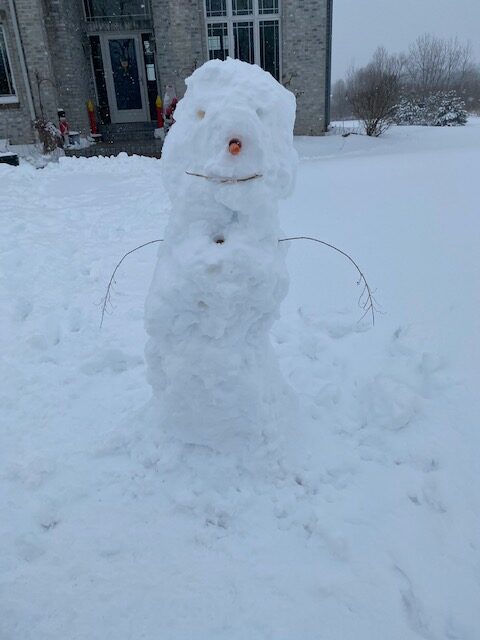

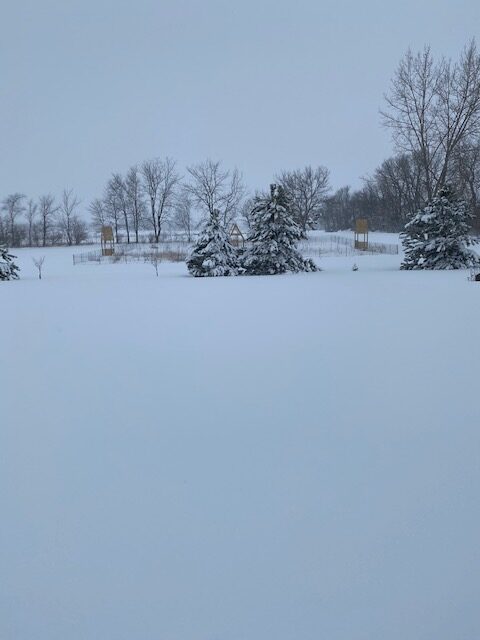
There were drifts of over 2 feet of snow on my way to the chicken coop. I started using the toboggan sled to get my chicken feed and pine shavings out to the coop.
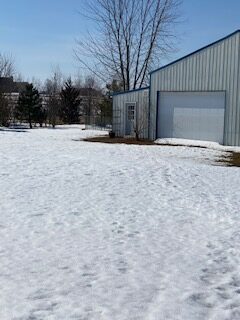
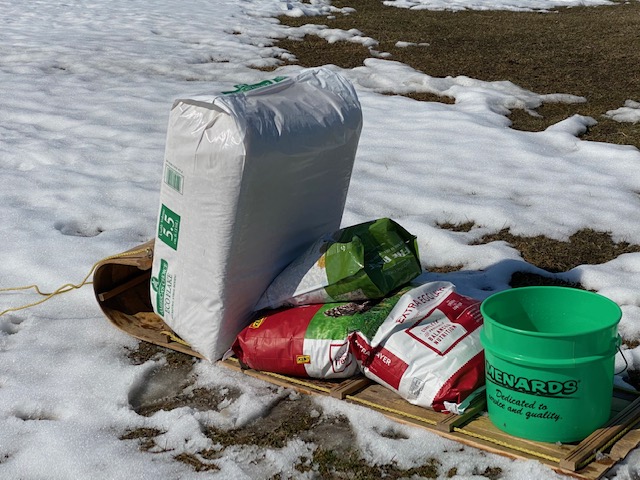
These pictures were taken after the snow started to melt. The chickens were very happy to get outside again! Luckily, they mostly all get along extremely well. Our two roosters, Mr. Trump and Big Mac have been known to squabble a little. Mr. Trump is the head honcho of the coop but Big Mac is way bigger so it’s not really a problem. General guidelines for rooster to hen ratio is 10 to 1 and we have 36 hens and 2 roosters so the roosters get along very well most of the time.
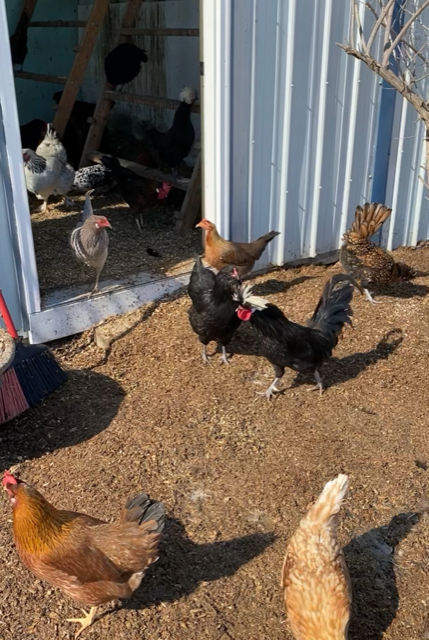
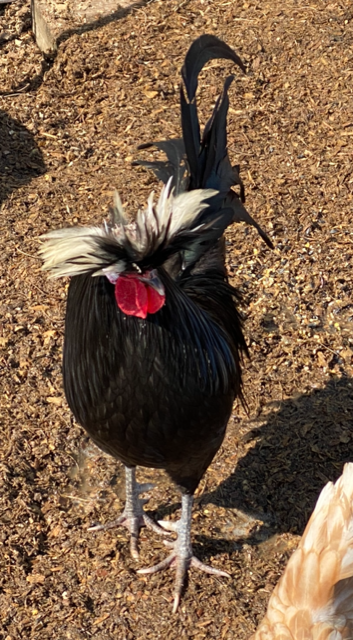
Big Mac was included free in my last order of baby chicks. I only wanted one small rooster but Big Mac turned out to be such a gentle giant that I kept him. He is the best protector and looks out for all the hens and makes sure that everyone gets back in the coop at night.
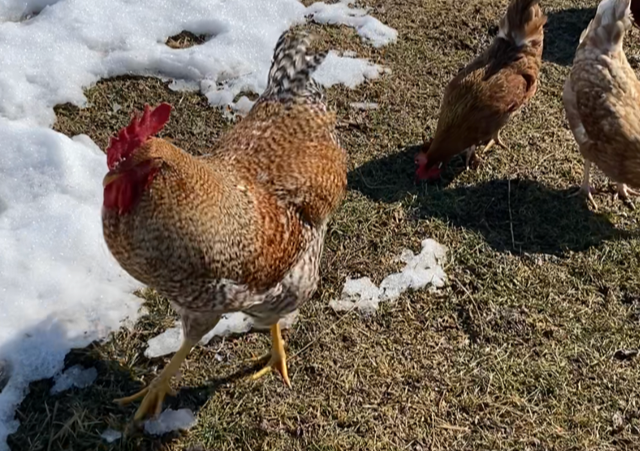
Jobs for January
Early January
- Review or buy your notebook. Remind yourself of what worked and what didn’t from last year.
- Look through your catalogs and decide what you want to plant. Look for high disease resistance traits in your choices.
Mid January
Select your varieties and start ordering the plants and seeds you are buying from a catalog.
Late January
Start sketching out your garden plan.
You can see a sketch of my medicine wheel and the plants I chose here. I planted the Goldenseal and Comfrey roots last fall. I bought them from Strictly Medicinal Seeds. Hopefully the chickens didn’t dig them up completely. (I really need a fence around it to keep the chickens, pheasants, rabbits and deer out.) I plan on starting the rest of the seeds in February so they will be ready to plant out in the spring. I am in Zone 5 so you might adjust the timeframe before or after me according to your planting zone.

Looking Ahead in February
- Equipment check
- Fertilizer – soil basics – soil testing
- Vertical Gardening and space saving ideas.
- Raised Bed covers and supports
- Getting your supplies together
- Starting seeds indoor (if you want)
